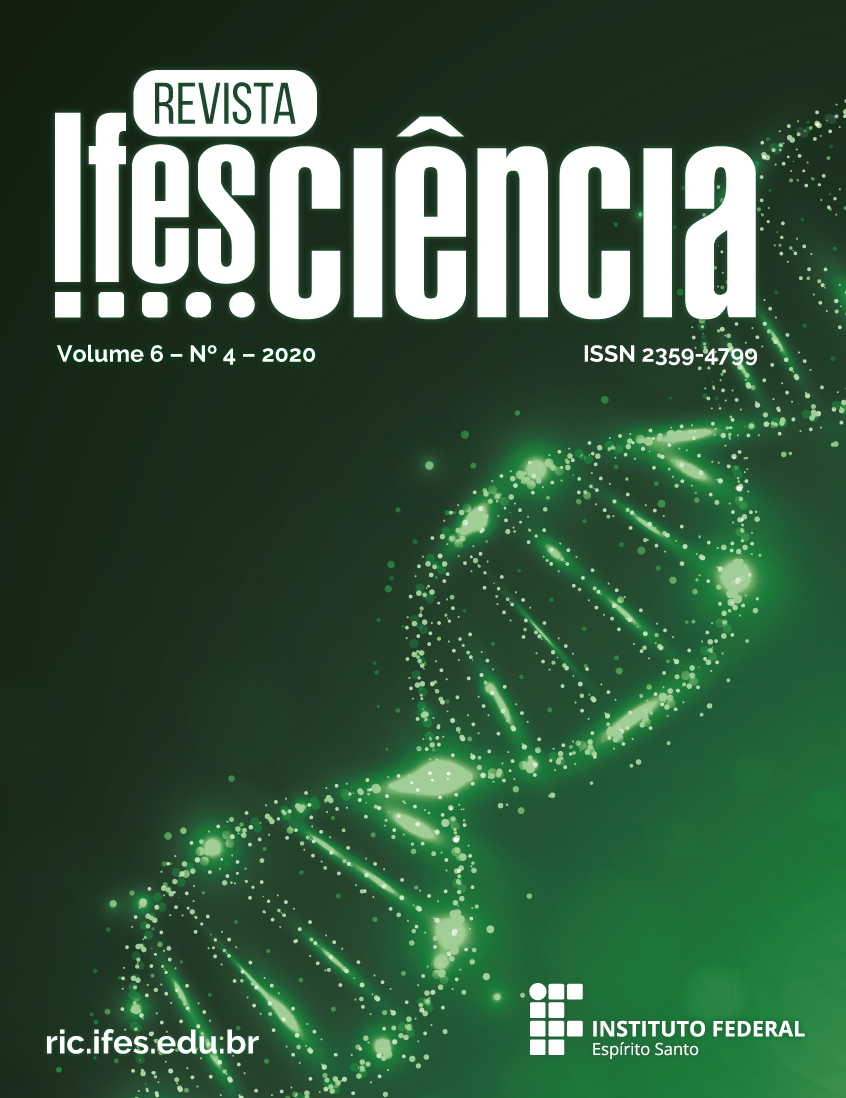USO DA GEOTECNOLOGIA PARA O MAPEAMENTO DA CAFEICULTURA NO CAPARAÓ CAPIXABA
DOI:
https://doi.org/10.36524/ric.v6i4.733Keywords:
Coffea; cultivation; computational application; zoning; SIGAbstract
Due to the importance in the socioeconomic role of coffee culture for the region, the study aimed to map the coffee culture of the Caparaó Capixaba Territory and to evaluate the dynamics of coffee cultivation in the period from 2007 to 2015. Photos from the orthophotomosaic of the state of Espírito Santo, cut to the Territory, with spatial resolution of 1 m for 2007 and 0.25 m for 2015, on the cartographic scale of 1: 35,000. The photointerpretation was performed using a computational application on a scale of 1: 2,000, with error checking using the Kappa Index. To position the cultivation area to the type of coffee between arabica and conilon, the zoning of agroclimatic suitability, restriction and inaptitude was carried out, and later involving the altitude, according to criteria adopted by the state agency. From the zoning point of view, the photointerpretation of the 2007 and 2015 cultivation area was interpolated, making it possible to compare them. It was found that the total occupation area was 16.37% (2007), 15.82% (2015) with 8.78% of common area. Regarding the total planting area of conilon and arabica, there was a reduction in the cultivation of both species of 11.51 and 7.10%, respectively. Geotechnology was of great relevance to the present work, in the activity of planning and administration of agribusiness.
Downloads
Published
Issue
Section
License
Copyright (c) 2020 Revista Ifes Ciência

This work is licensed under a Creative Commons Attribution-NonCommercial-NoDerivatives 4.0 International License.
Autores que publicam nesta revista concordam com os seguintes termos:
- Autores mantém os direitos autorais e concedem à revista o direito de primeira publicação, com o trabalho simultaneamente licenciado sob a Licença Creative Commons Attribution que permite o compartilhamento do trabalho com reconhecimento da autoria e publicação inicial nesta revista.
b. Autores têm permissão e são estimulados a publicar e distribuir seu trabalho online (ex.: em repositórios institucionais ou na sua página pessoal) a qualquer ponto antes ou durante o processo editorial, já que isso pode gerar alterações produtivas, bem como aumentar o impacto e a citação do trabalho publicado (Veja O Efeito do Acesso Livre).



